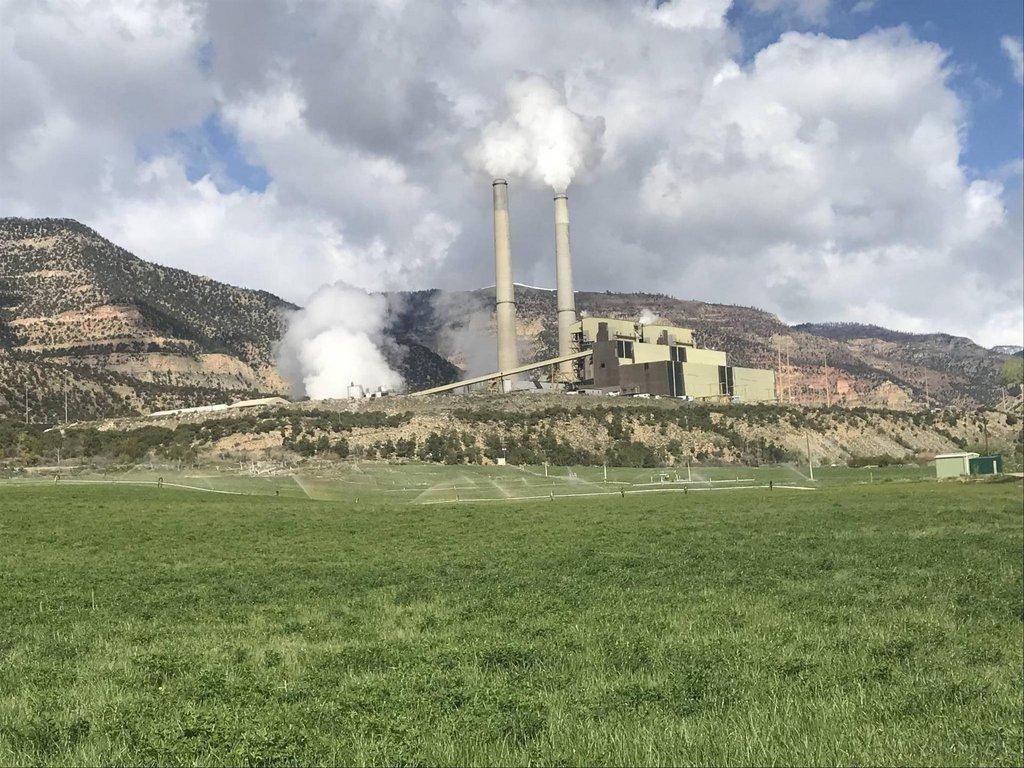By Julie Johansen
Members of the Carbon/Emery Economic Development Committee, along with other business and political leaders, met on Jan. 16 at Emery Telcom’s Orangeville office to discuss the aspects of carbon capture and sequestration. The group was welcomed by Brock Johansen, CEO of Emery Telcom. He then introduced the many guests in the room as well as those attending virtually.
The group included representatives from Carbon County Commission, Price City, Helper City, USU Eastern, Utah State University, the University of Utah and its Energy and Geoscience Institute, Emery County Commissioners, Senator Mike Lee’s office, Senator Mitt Romney’s office, Congressman John Curtis’ office, the Utah Department of Energy, Governor Spencer Cox’s office, PacifiCorp, and the Division of Oil, Gas, and Mining.
A brief history of the economic situation of the Carbon/Emery area was outlined by Johansen. This included the reduction in coal production, the closure of the Castle Gate Power Plant, and the possible closures of the Huntington and Hunter power plants. Johansen discussed the many assets the area has to continue as an energy producing area, including available land and water, transmission and rail lines, the trained workforce, the current mines and plants, USU Eastern, and the San Rafael Energy Research Center.
He also discussed the fact that the current administration has indicated that the United States would have five large-scale carbon capture projects by the end of the decade. The purpose of this meeting was to encourage the use of carbon capture technology on the existing Huntington and Hunter plants to prolong the life of the plants.
Johansen then introduced the guest speaker for the meeting, Andrew Baxter, President of Sustainable Energy Solutions. Baxter began by explaining the advancements of carbon capture. He also commended the group for the grass roots organization and the ability to bring such a wide group of interested parties to the table. Baxter encouraged collaboration with President Elizabeth Cantwell from USU/USU Eastern, who was also attending the meeting virtually, along with the other universities in the state.
He then explained the steps of carbon capture. First, the flue gas is cooled and the CO2 is separated as a solid, then the CO2 is converted back into a liquid and prepared for transport or sequestered into the ground. CO2 can be found in the emissions of the coal fired plants and also in other industry, such as cement plants. It is the emission that the Environmental Protection Agency (EPA) and climate warming advocates are trying to minimize.
It was also explained that the stored energy CO2 (in cold boxes) can be used as a backup battery to aid when the renewables are low and the plant needs to increase production. All these scenarios have been tested at both the Hunter and Huntington plants.
Eric Edelman and Carlos Vega, representatives from the University of Utah’s Energy and Geoscience Institute, then explained how to sequester the CO2 in the local area. The geology of Carbon and Emery counties is described as very compatible for sequestering the carbon under the large layer of shale. Buzzard Bench and Drunkard’s Wash both fit this type of geological structure.
Once a sequestration well is established, it could be used not only for sequestration of CO2 from the Hunter and Huntington power plants, but from other industries, creating additional economic development opportunities for the area. In order for this to happen, the state needs to elect to regulate sequestration through a Class VI Well Permit.
Governor Cox’s office indicated that they were supportive of these efforts and would organize a task force to further research carbon capture and sequestration. It was recommended that Johansen, Baxter, and Edelman make a similar presentation to the Rural Caucus and the Yellow Cake Caucus at the state legislature, along with the PUT committee. A separate group was also designated to begin the discussions between the state universities on carbon capture and sequestration.

